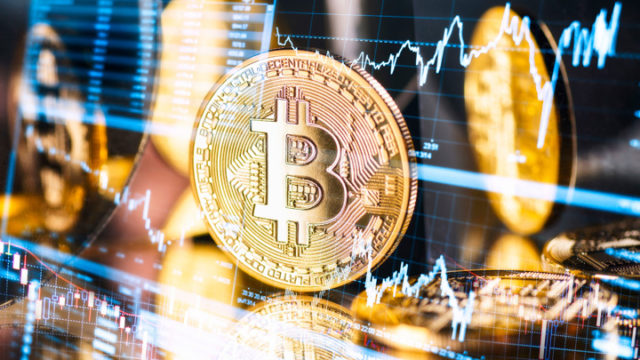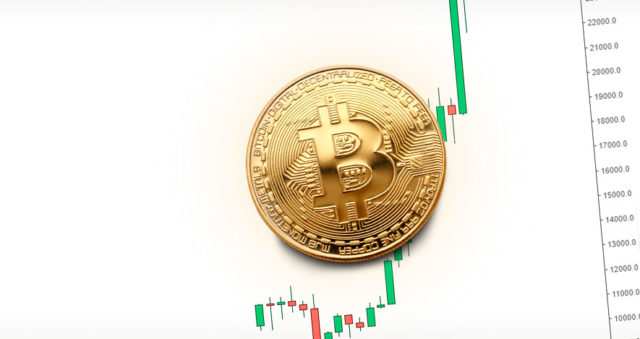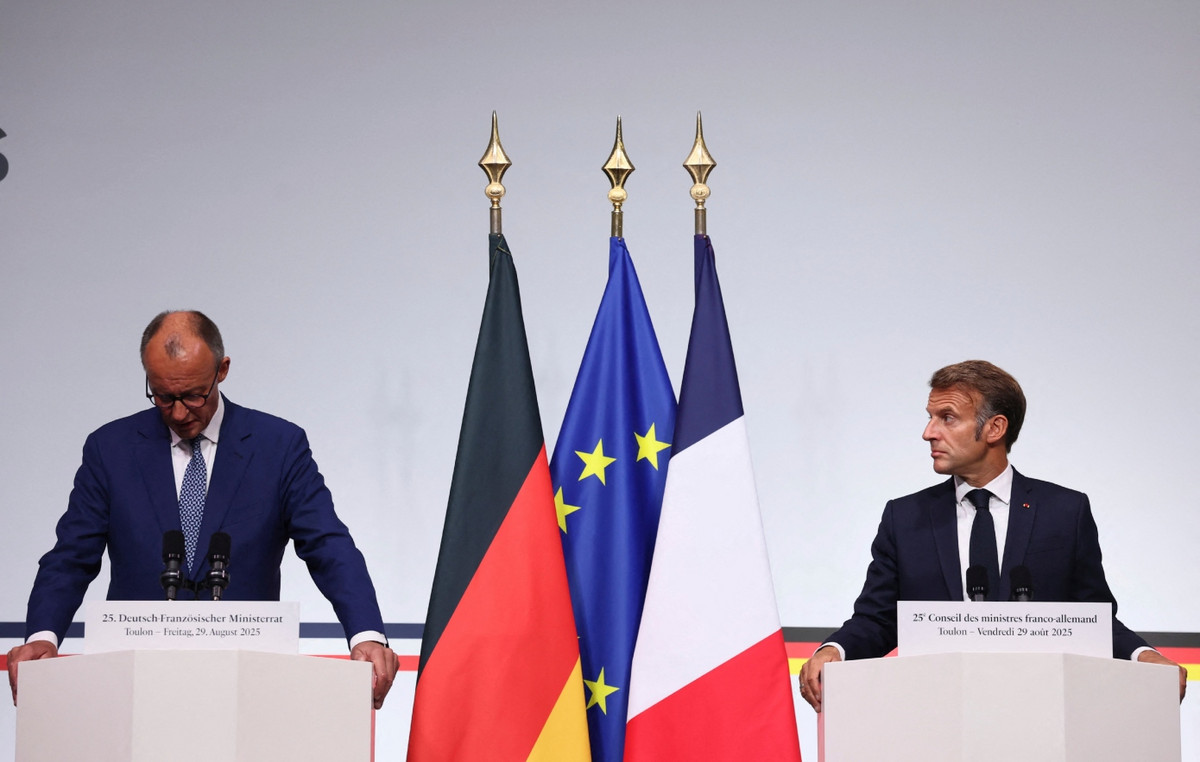- Minutes of the Fed’s June 11-12 policy meeting will be released on Wednesday.
- The details of Jerome Powell and company’s hawkish announcement and their outlook on inflation will be closely scrutinized.
- Markets are pricing in a roughly 67% chance of a Fed interest rate cut in September.
Minutes of the US Federal Reserve’s June 11-12 policy meeting will be released on Wednesday at 18:00 GMT. Investors will be looking for details on the Fed’s hawkish announcement and policymakers’ outlook on inflation to gauge the timing of the expected interest rate cut this year.
Jerome Powell admits progress on disinflation, September rate cut likely?
The Fed maintained its monetary policy settings for a seventh consecutive meeting in June, as widely expected. In its policy statement, the U.S. central bank said that “although inflation has eased recently and the labor market has become more balanced this year, the uncertain economic outlook keeps the Fed “vigilant to inflation risks.”
“The Summary of Economic Projections (SEP), the so-called dot plot, largely met expectations with a higher inflation forecast for 2024 and less easing this year; the median FOMC member called for one 25 basis point cut by the end of this year and four 25 basis point cuts in 2025,” the policy statement said.
At the post-meeting press conference, Fed Chairman Jerome Powell noted that “we need more confidence, more good inflation readings, but we won’t be specific on how many to start rate cuts. We’ll also be looking at a balance of risks and outlook.” “Unexpected weakness in the labor market could also require a response,” Powell explained.
Just hours before the Fed’s policy announcement, the U.S. Bureau of Labor Statistics released its May inflation report. The data showed that the core Consumer Price Index (CPI) rose 0.2% on the month and 3.4% from a year earlier, compared with the respective estimates of 0.3% and 3.5%.
Since the May inflation report and June policy announcement, several Fed policymakers have remained cautious about the inflation outlook, suggesting that rates could stay ‘higher for longer.’
However, the Fed’s dovish bets were back on the table after June 28 data showed that the core Personal Consumption Expenditure (PCE) Price Index, the Fed’s preferred inflation measure, rose at a 2.6% annual pace in May after advancing 2.7% the previous month. May’s inflation readings were in line with economists’ expectations.
Fed Chair Jerome Powell’s long-awaited comments at the European Central Bank (ECB) Forum on Central Banking in Sintra on Tuesday added to expectations for a Fed rate cut. Powell acknowledged recent progress on disinflation, which was perceived as moderate, though he quickly added that he wanted to see more before he was confident enough to start lowering interest rates.
Markets now see a 67% chance the Fed will cut rates in September, slightly higher than the roughly 63% seen before Powell’s comments.
Ahead of the Fed’s release, “Wednesday’s FOMC minutes will also shed light on the Fed’s more cautious stance at the June meeting, although the SEP projections may already be somewhat outdated,” TD Securities analysts said.
When will the FOMC Minutes be released and how could they affect the US Dollar?
The Fed will release the minutes of its June 11-12 monetary policy meeting at 18:00 GMT on Wednesday. Investors will be watching for any hints about the timing of the policy shift, especially after the ongoing disinflationary trend and Fed Chair Powell’s dovish comments.
Should the minutes show that policymakers continued to justify caution on inflation, rejecting expectations of aggressive Fed rate cuts while justifying a single rate cut later in the year, the US Dollar (USD) could rally against its major rivals. If the release suggests that officials express optimism about encouraging progress on inflation, risk flows could regain momentum and weigh negatively on the USD.
Dhwani Mehta, Lead Analyst for the Asian session, shares a brief technical outlook for the US Dollar Index (DXY):
“The US Dollar Index has been in a consolidation phase after pulling back from two-month highs of 106.13, with risks likely to the upside amid a bullish crossover of the 21-day and 50-day simple moving averages (SMAs). The 14-day RSI is holding firm above the 50-level near 56.30, adding credence to the upside potential. In case the index finds acceptance above the 106.00 threshold, a retest of the June highs at 106.13 cannot be ruled out. The next upside target is seen at the psychological mark of 106.50.”
“On the other hand, if the 21-day SMA support at 105.37 gives way, a test of the 50-day SMA at 105.17 will be inevitable. A sustained move below that level could prompt a fresh downtrend towards the 100-day SMA at 104.76.”
Economic indicator
FOMC minutes
The Federal Open Market Committee (FOMC) holds eight meetings a year and reviews economic and financial conditions to determine the appropriate stance of monetary policy. It also assesses risks to the goals of long-term price stability and sustainable economic growth. The minutes of the FOMC are published by the Federal Open Market Committee. Board of Governors of the Federal Reserve System and is a clear guide to interest rate policy in the United States. A change in this report affects dollar volatility. If the minutes show a firm outlook, this will be considered bullish for the dollar.
Next post: Wed Jul 03, 2024 18:00
Frequency: Irregular
Dear: –
Previous: –
Fountain: Federal Reserve
The Federal Open Market Committee (FOMC) Minutes are usually released three weeks after the policy decision day. Investors look for clues about the policy outlook in this release along with the split vote. A bullish tone is likely to provide a boost to the dollar, while a dovish stance is seen as negative for the USD. It should be noted that the market reaction to the FOMC Minutes could be delayed as the media does not have access to the publication before the release, unlike the FOMC Policy Statement.
The Fed FAQs
Monetary policy in the United States is directed by the Federal Reserve (Fed). The Fed has two mandates: to achieve price stability and to promote full employment. Its main tool for achieving these goals is to adjust interest rates. When prices rise too quickly and inflation exceeds the Fed’s 2% target, the Fed raises interest rates, increasing borrowing costs throughout the economy. This translates into a strengthening of the US Dollar (USD), as it makes the US a more attractive place for international investors to park their money. When inflation falls below 2% or the unemployment rate is too high, the Fed can lower interest rates to encourage borrowing, which weighs on the greenback.
The Federal Reserve (Fed) holds eight meetings a year, at which the Federal Open Market Committee (FOMC) assesses economic conditions and makes monetary policy decisions. The FOMC consists of twelve Federal Reserve officials: the seven members of the Board of Governors, the president of the Federal Reserve Bank of New York, and four of the eleven regional Reserve bank presidents, who serve one-year terms on a rotating basis.
In extreme situations, the Federal Reserve may resort to a policy called Quantitative Easing (QE). QE is the process by which the Fed substantially increases the flow of credit into a jammed financial system. It is a non-standard policy measure used during crises or when inflation is extremely low. It was the Fed’s weapon of choice during the Great Financial Crisis of 2008. It involves the Fed printing more dollars and using them to buy high-quality bonds from financial institutions. QE typically weakens the US dollar.
Quantitative tightening (QT) is the reverse process of QE, whereby the Federal Reserve stops buying bonds from financial institutions and does not reinvest the capital of maturing bonds in its portfolio to buy new bonds. It is usually positive for the value of the US dollar.
Source: Fx Street
I am Joshua Winder, a senior-level journalist and editor at World Stock Market. I specialize in covering news related to the stock market and economic trends. With more than 8 years of experience in this field, I have become an expert in financial reporting.







